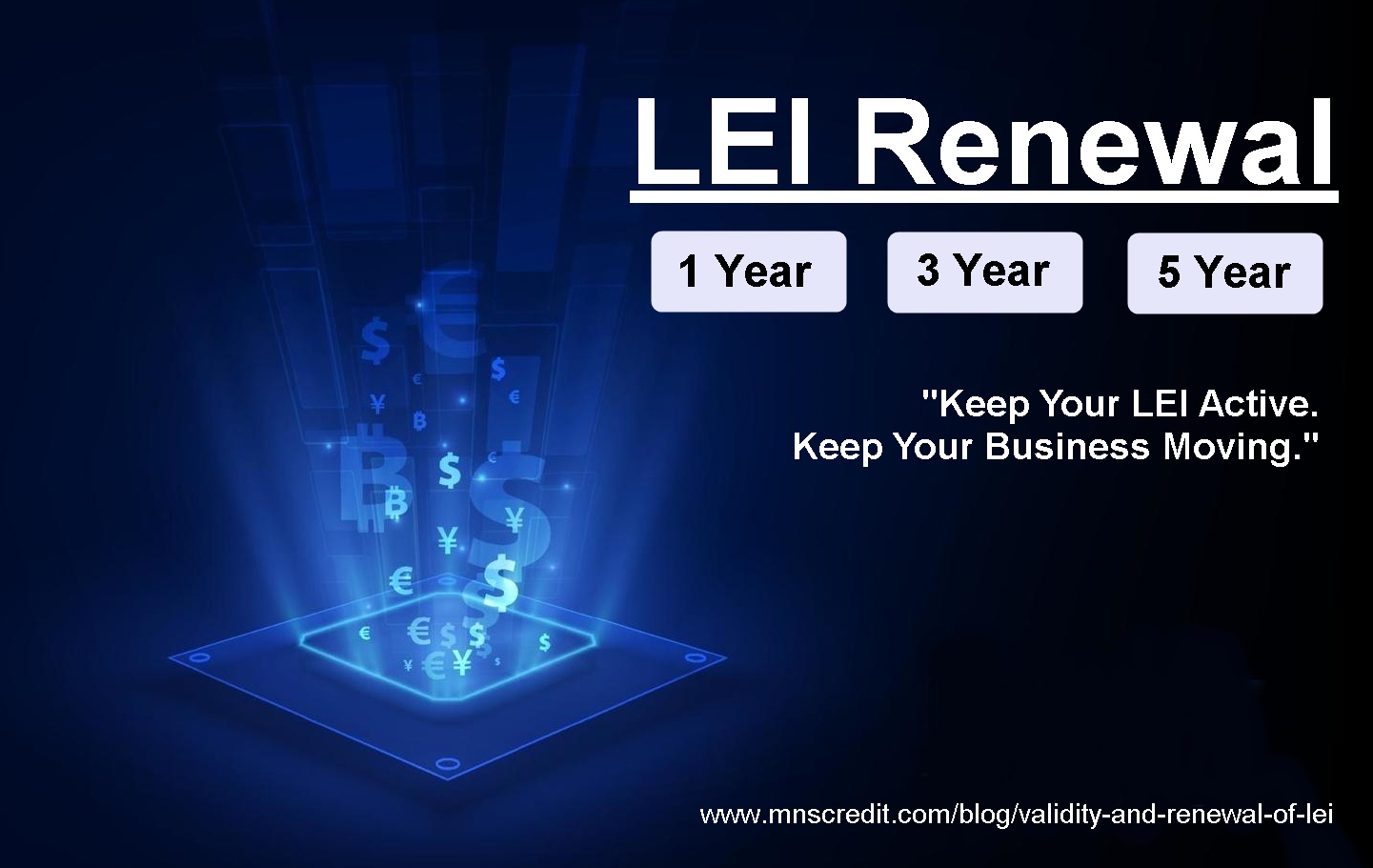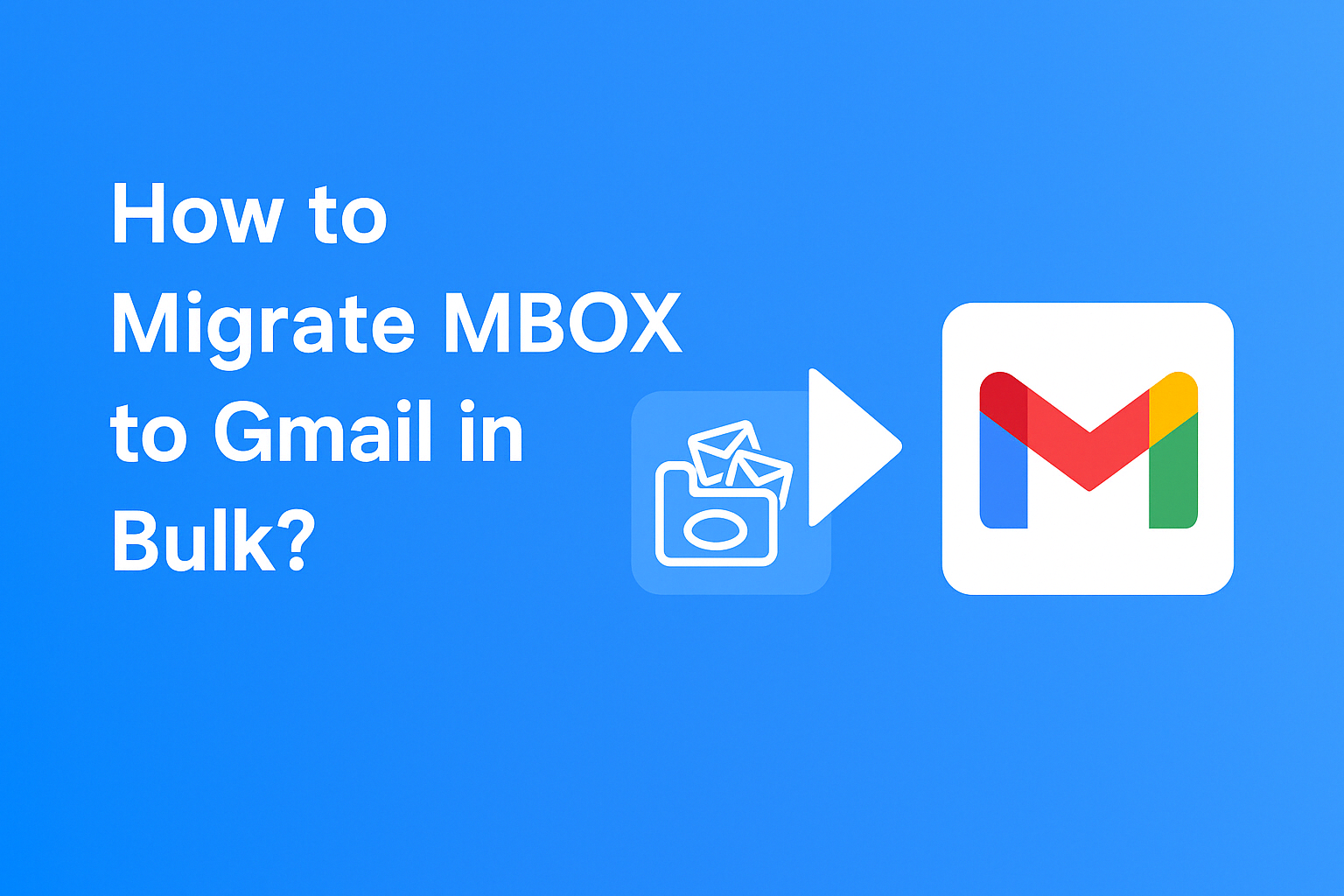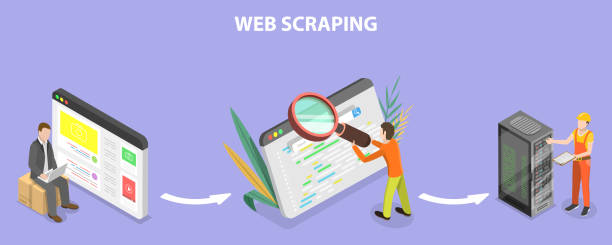Critical Importance of LEI Renewal and Data Accuracy in Global Registries

Strong 8k brings an ultra-HD IPTV experience to your living room and your pocket.
Introduction
In today’s interconnected financial ecosystem, transparency, trust, and compliance are cornerstones of market stability. One of the fundamental tools supporting these principles is the Legal Entity Identifier (LEI). Since its inception after the 2008 financial crisis, the LEI has become a global standard for identifying legal entities participating in financial transactions. However, while obtaining an LEI is the first step, LEI renewal and consistent data updates in global registries are essential for ensuring the system remains reliable and effective.
This article explores the significance of LEI renewal, outlines the processes involved, and highlights the importance of maintaining accurate data in global LEI registries.
What Is an LEI?
A Legal Entity Identifier (LEI) is a 20-character alphanumeric code based on the ISO 17442 standard. It uniquely identifies legal entities engaged in financial markets and serves as a global reference data system. The LEI enables regulators and market participants to track and verify the identities of participants in transactions across borders and asset classes.
Each LEI contains essential reference data, including:
- Legal name of the entity
- Registered address
- Country of registration
- Registration authority and number
- Relationship data (ownership structure)
Why LEI Renewal Matters
Once issued, an LEI must be renewed annually to remain valid. While the LEI itself does not change, LEI renewal involves validating and updating the entity’s information to reflect its current legal status and structure. Failing to renew an LEI can have serious consequences, including regulatory non-compliance and the inability to participate in certain financial transactions.
Key Reasons for LEI Renewal:
- Regulatory Compliance: Authorities such as the European Securities and Markets Authority (ESMA), the U.S. Commodity Futures Trading Commission (CFTC), and others require valid LEIs for reporting and transaction transparency.
- Data Accuracy: LEI renewal ensures that the information in the Global LEI System (GLEIS) remains up to date, reflecting any changes in the entity’s legal name, ownership, or status.
- Risk Management: Financial institutions rely on accurate LEI data to assess counterparty risk and maintain due diligence. Outdated or invalid LEIs can introduce operational and compliance risks.
- Operational Continuity: Many trading platforms and financial service providers automatically restrict transactions involving expired LEIs, which can disrupt business activities.
The LEI Renewal Process
Renewing an LEI is a structured process facilitated by Local Operating Units (LOUs) accredited by the Global Legal Entity Identifier Foundation (GLEIF). Although each LOU may have slightly different procedures, the general process includes the following steps:
1. Initiate Renewal Request
The legal entity, or its authorized representative, submits a renewal request through a trusted LOU or Registration Agent. The request can typically be initiated up to 60 days before the current LEI's anniversary date.
2. Verification and Validation
The LOU verifies the entity's information against official business registries and public records. This includes:
- Checking for name changes or updated addresses
- Reviewing parent company or subsidiary relationships
- Confirming registration status with national authorities
3. Data Update (If Needed)
If there are any changes, the LOU updates the LEI record accordingly. Entities are encouraged to proactively provide updated documentation if their corporate details have changed.
4. LEI Renewal Confirmation
Once the data is verified, the LEI is marked as “ACTIVE” for another year. The updated record is published in the GLEIS and made accessible through GLEIF’s online search tool.
Understanding the Global LEI System (GLEIS)
The Global LEI System (GLEIS) is a federated system composed of:
- GLEIF (Central Authority): Oversees LEI governance, accreditation, and data quality.
- LOUs (Data Providers): Issue and manage LEIs.
- Registration Agents: Help legal entities obtain or renew LEIs by interfacing with LOUs.
GLEIS is designed for transparency, and all LEI data is publicly available and free to access. This open access promotes competition, reduces redundancy, and enhances due diligence.
LEI Data Quality: The Role of Timely Renewals
Maintaining high data quality is a core objective of the GLEIS. LEI renewal plays a central role in this mission. Without timely renewals, LEI data becomes stale, potentially misrepresenting an entity’s current status or ownership.
GLEIF publishes periodic Data Quality Reports to monitor:
- Completeness
- Accuracy
- Timeliness
- Consistency
Entities with lapsed LEIs are flagged, which may reduce their credibility in the eyes of regulators, financial institutions, and business partners.
Best Practices for LEI Renewal
To avoid last-minute complications or potential disruptions, organizations should adopt the following best practices:
1. Set Renewal Reminders
Implement a renewal calendar and receive alerts at least 60 days before the LEI expires.
2. Assign Responsibility
Designate a compliance officer or legal representative responsible for managing the LEI portfolio.
3. Use a Reliable Registration Agent
Consider using an LEI service provider or registration agent with automation capabilities and global coverage.
4. Verify Data Regularly
Even outside the renewal cycle, periodically review LEI data to ensure it reflects your organization’s current legal status and ownership.
Consequences of Not Renewing an LEI
While expired LEIs are not deleted, they are marked as “LAPSED,” which can have several implications:
- Transaction Rejections: Exchanges, counterparties, and regulators may reject trades involving lapsed LEIs.
- Compliance Violations: Entities may be penalized for failing to meet regulatory obligations.
- Reputational Damage: Expired LEIs can signal poor governance or inattentiveness to compliance.
- Additional Costs: Renewing a lapsed LEI might involve revalidation fees or longer processing times.
LEI Renewal in a Digital Economy
As financial markets evolve with increasing digitization, the role of LEIs is expanding. Emerging technologies such as blockchain, smart contracts, and AI-based compliance systems rely on structured, high-quality entity data. Timely LEI renewal and data integrity are crucial to enabling these technologies to function securely and efficiently.
In fact, regulatory initiatives such as the Digital Operational Resilience Act (DORA) in the EU and the Basel III final reforms reference entity identification and data governance as key components of operational resilience.
Conclusion
The Legal Entity Identifier is more than just a regulatory requirement—it is a cornerstone of modern financial transparency and operational efficiency. While obtaining an LEI is a foundational step, LEI renewal ensures the integrity, accuracy, and usability of entity data in global financial markets.
Organizations that neglect timely renewal not only risk non-compliance and operational disruption but also compromise their credibility in an increasingly data-driven world. By prioritizing LEI renewal and maintaining updated records in global registries, companies position themselves for long-term success and regulatory resilience.
As the global regulatory landscape continues to evolve, consistent LEI maintenance will remain a critical component of corporate governance, market integrity, and systemic risk reduction.
Note: IndiBlogHub features both user-submitted and editorial content. We do not verify third-party contributions. Read our Disclaimer and Privacy Policyfor details.







